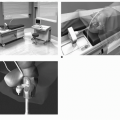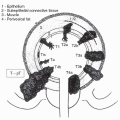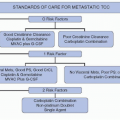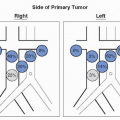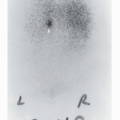with limited nodal involvement may be rendered disease-free with 30% of N1,2M0 patients demonstrating 10-year cancerspecific survival.
TABLE 40.1 AJCC STAGING CHANGES FROM FIFTH TO SEVENTH EDITIONS | ||||||||||||||||||||||||||||||||||||||||||||||||||||||||||||||||||||||||||||||
|---|---|---|---|---|---|---|---|---|---|---|---|---|---|---|---|---|---|---|---|---|---|---|---|---|---|---|---|---|---|---|---|---|---|---|---|---|---|---|---|---|---|---|---|---|---|---|---|---|---|---|---|---|---|---|---|---|---|---|---|---|---|---|---|---|---|---|---|---|---|---|---|---|---|---|---|---|---|---|
| ||||||||||||||||||||||||||||||||||||||||||||||||||||||||||||||||||||||||||||||
Histologically, the cellular architecture resembles a sarcoma with spindle-shaped cells, cellular atypia, and increased cellularity. While sarcomatoid features are found in <5% of renal tumors, when present, the tumor is usually locally advanced and/or metastastic at diagnosis (47). The 1- and 2-year overall survival rates are 48% and 34%, respectively (47). The percentage of tumor with sarcomatoid features may influence prognosis but several studies have failed to demonstrate a benefit (47,48). Greater percentage of sarcomatoid features leads to worse outcome, but a distinct cut-point has not been found (49).
Stay updated, free articles. Join our Telegram channel

Full access? Get Clinical Tree


